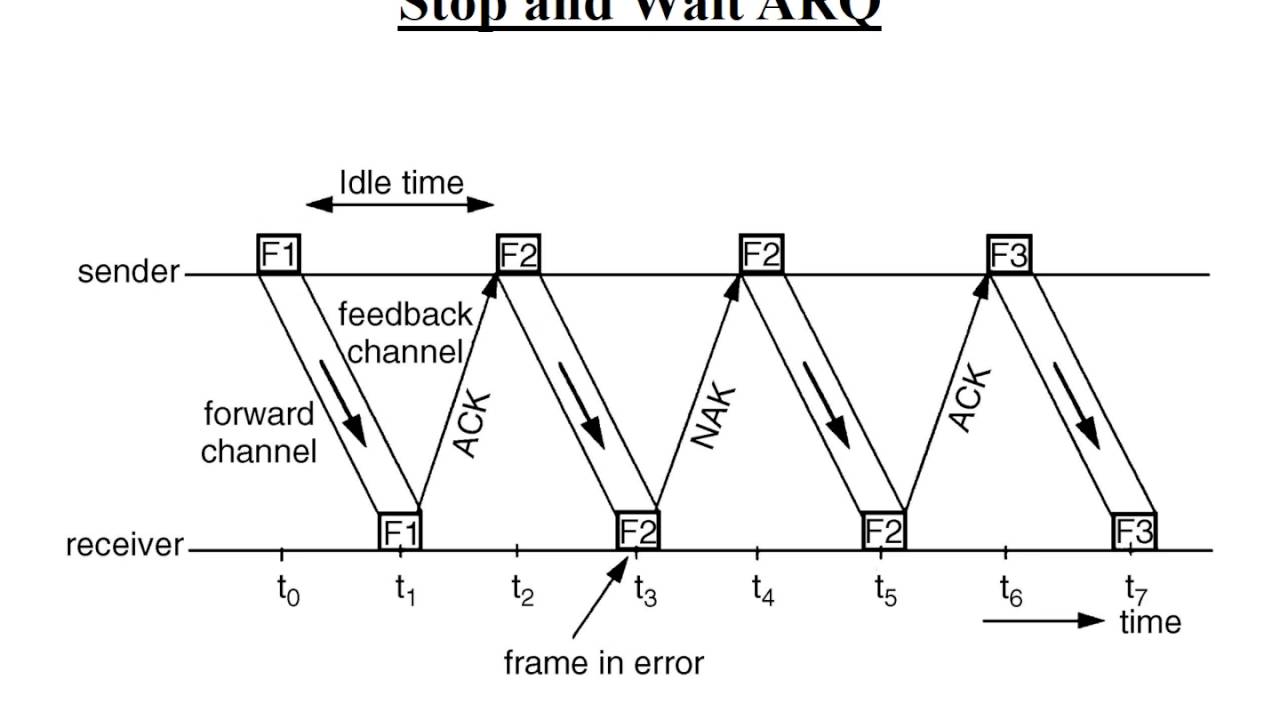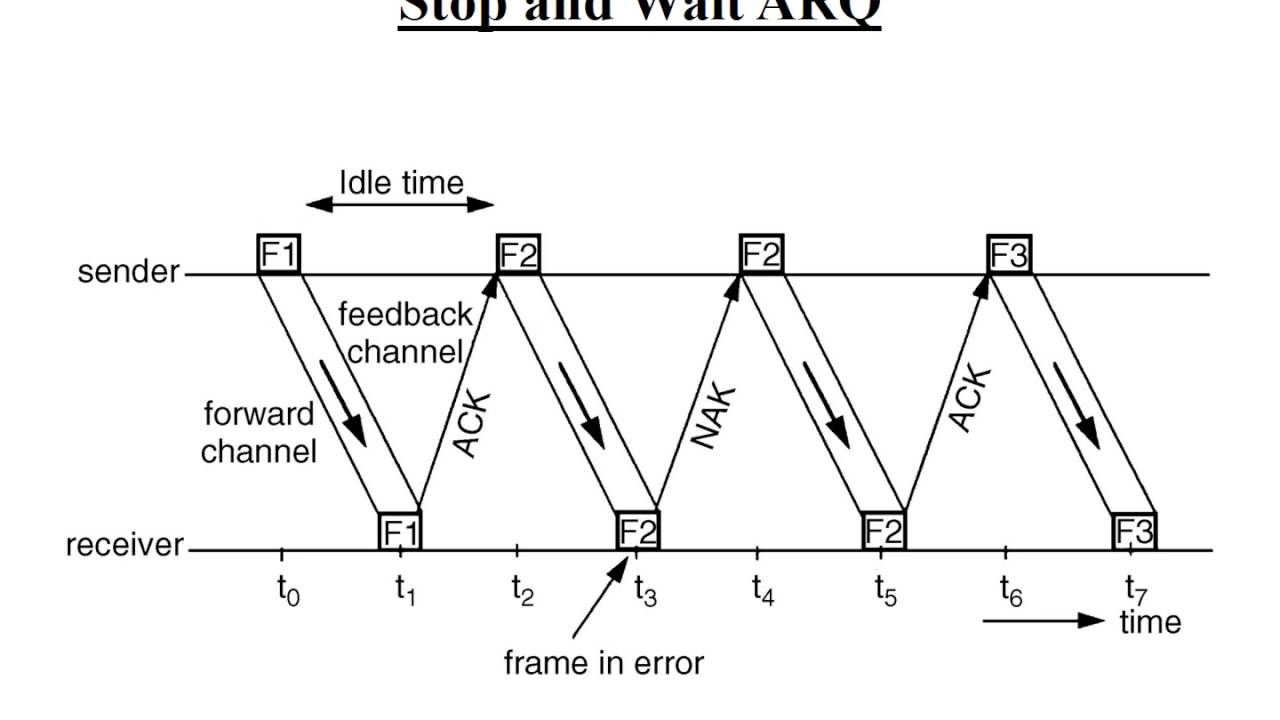Automatic Repeat ReQuest (ARQ) is a form of error control in which a sender can retransmit data to a receiver in the event of data loss or other errors. ARQ is a term used to refer to several related protocols, including Stop-and-Wait ARQ, Go-Back-N ARQ, and Selective Reject ARQ.
In the Stop-and-Wait ARQ protocol, the sender transmits a single packet and waits for the acknowledgement from the receiver. If the acknowledgement is not received within a predetermined period of time, the packet is retransmitted. The sender will continue to resend the packet until it is received. This protocol is highly reliable but requires large amounts of bandwidth and is inefficient when delays occur.
Go-Back-N ARQ uses a sliding window protocol. The sender can send multiple packets before requiring an acknowledgement. In order to improve efficiency, the packets are assigned sequence numbers. The receiver stores the sequence numbers of the packets it has received and sends back an acknowledgement containing the number of the last packet it was able to properly receive. The sender, in turn, can resend any packets whose sequence numbers are not within the range indicated in the acknowledgement.
Selective Reject ARQ is a variation of the Go-Back-N protocol. It employs the same “sliding window” technique, but the receiver can selectively reject packets associated with invalid sequence numbers. This allows the sender to quickly and efficiently retransmit only the packets that require it, thereby reducing the overall amount of retransmissions.
In all cases, Automatic Repeat ReQuest can be an effective means of improving the reliability of data transmission. However, it does require the support of both the sender and receiver in order to function properly. As such, it is important to ensure that ARQ is properly implemented when using protocols that employ it.







